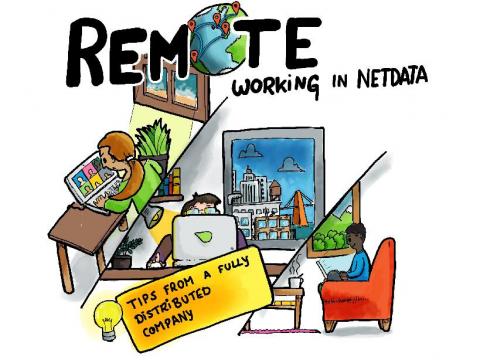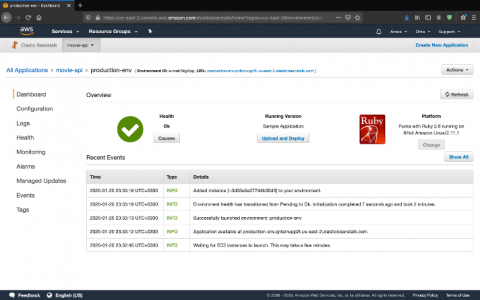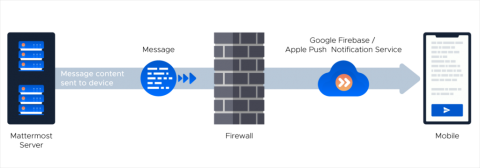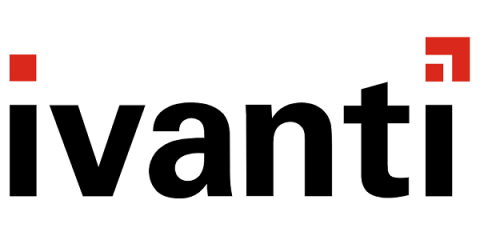COVID-19: A Personal Guide to Self-Isolating and Remote Working
It’s now day 3 since UK PM Boris Johnson instructed the nation to stay at home and begin self-isolating and remote working to limit the spread of Covid-19. We’re all starting to realise life may not be going back to ‘normal’ anytime soon. Aside from our nation’s unsung heroes (the NHS, Supermarket Staff, Teachers, Postal Workers, Waste Collectors, the list goes on – thank you!), many are now turning to remote working.











